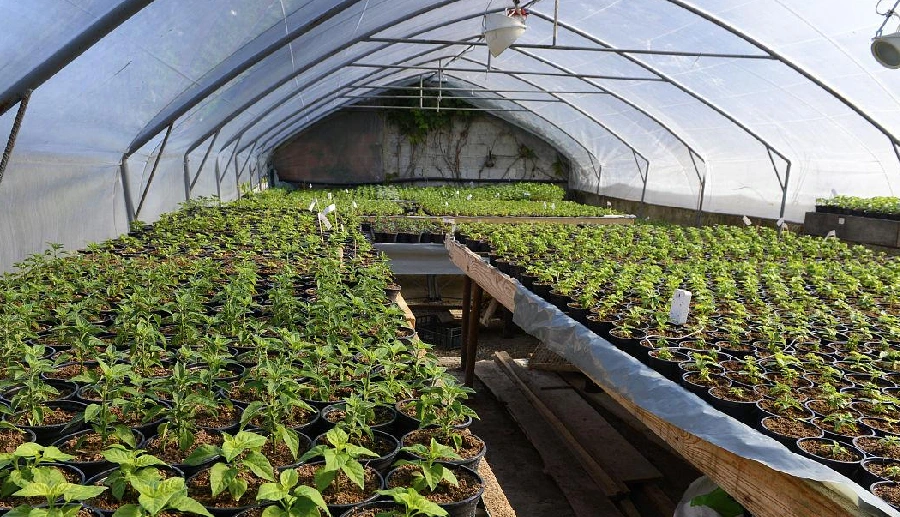Greenhouse Structures That Protect Plants from Changing Weather

The world’s climate is shifting, and with it comes unpredictable weather patterns that threaten agriculture and horticulture. From sudden frosts to sweltering heatwaves, plants are more vulnerable than ever. For greenhouse, farmers, and hobbyists alike, greenhouse structures have become a critical solution to safeguard crops and delicate plants. But what makes greenhouses so effective in protecting plants from extreme weather, and why are they trending as a necessity for plant enthusiasts? This article highlights the numerous benefits of using greenhouse structures in combating changing weather.
Creating a Controlled Environment
The foremost appeal of greenhouse structures is their ability to create a microclimate tailored to your plants’ needs. Unlike open fields or gardens that are fully exposed to nature’s unpredictability, greenhouses give you complete control over temperature, humidity, and even light. This controlled environment allows plants to thrive regardless of whether there’s a snowstorm outside or an unbearable heatwave.
By maintaining stable growing conditions, greenhouses can extend the growing season, providing an avenue to produce crops year-round. For example, vegetables that typically grow in summer can flourish even during colder months when housed in a greenhouse, ensuring fresh produce throughout the year.
Protection from Extreme Temperatures
One of the biggest challenges for plants is sudden temperature changes, which can stress or outright kill them. Greenhouses act as protective shields, buffering plants from extreme weather fluctuations. During cold snaps, greenhouse walls trap heat, preventing frost damage to sensitive plants. Conversely, during heatwaves, ventilation and shading options in greenhouses help prevent overheating.
This resilience against temperature inconsistency makes greenhouses especially valuable for those growing crops in regions with highly volatile climates. By providing shelter, greenhouses not only secure healthy growth but also improve output reliability.
Shielding from Harsh Weather Conditions
Storms, high winds, and hail pose another set of challenges for agriculture and gardening. These adverse weather conditions can uproot plants, strip them of leaves, or even crush them entirely. Greenhouse structures serve as a barrier, protecting plants from physical damage while reducing the impact of these destructive forces.
For areas frequently hit by heavy rains or strong winds, stronger, more durable greenhouse models are available. These include reinforced designs with sturdy materials to withstand intense weather. This added protection ensures plants remain secure, no matter how harsh the elements become.
Consistent Moisture Control
Water plays a crucial role in plant health. Both too little and too much moisture can be harmful, with each contributing to plant stress and disease. Greenhouses allow moisture levels to be finely controlled, preventing overwatering from heavy rain or drought stress from extended dry periods.
Irrigation systems integrated into greenhouses offer precision watering, ensuring plants receive the right amount of hydration at the right time. By managing moisture effectively, greenhouses can reduce the incidence of diseases caused by waterlogging or fungal infestations.
Protection Against Pests and Diseases
Outdoor plants often fall victim to pests and diseases that reduce yields and quality. Changing climates have also introduced new pests to regions unprepared for such challenges, further increasing threats to agriculture. Greenhouses provide an essential layer of defense, acting as a physical barrier that keeps harmful insects, birds, and animals away.
Additionally, greenhouses limit plant exposure to soil-borne pathogens and fungal spores carried by wind or water. Reduced pest and disease pressures mean fewer chemical interventions, allowing for cleaner and more sustainable growing practices.

